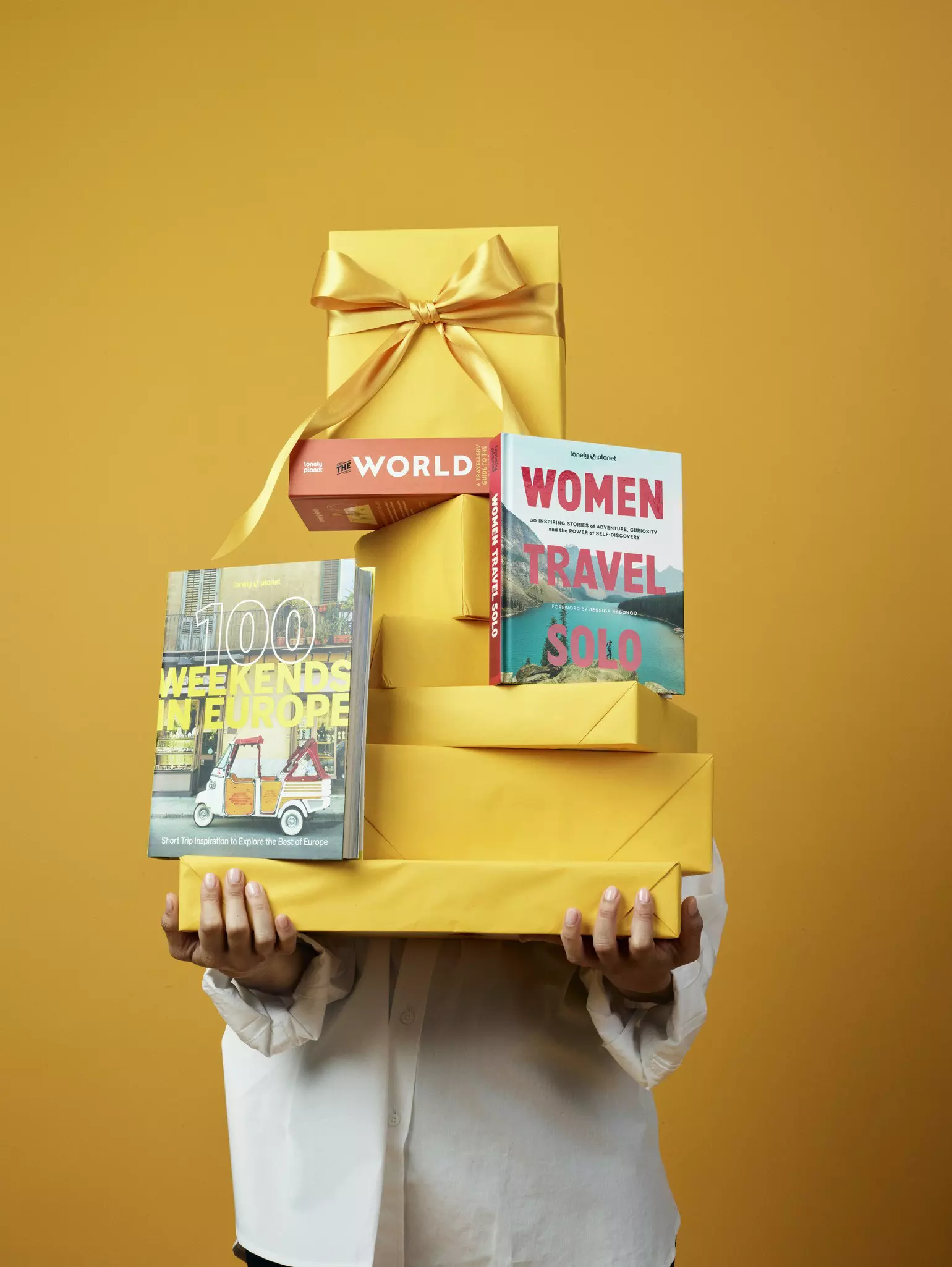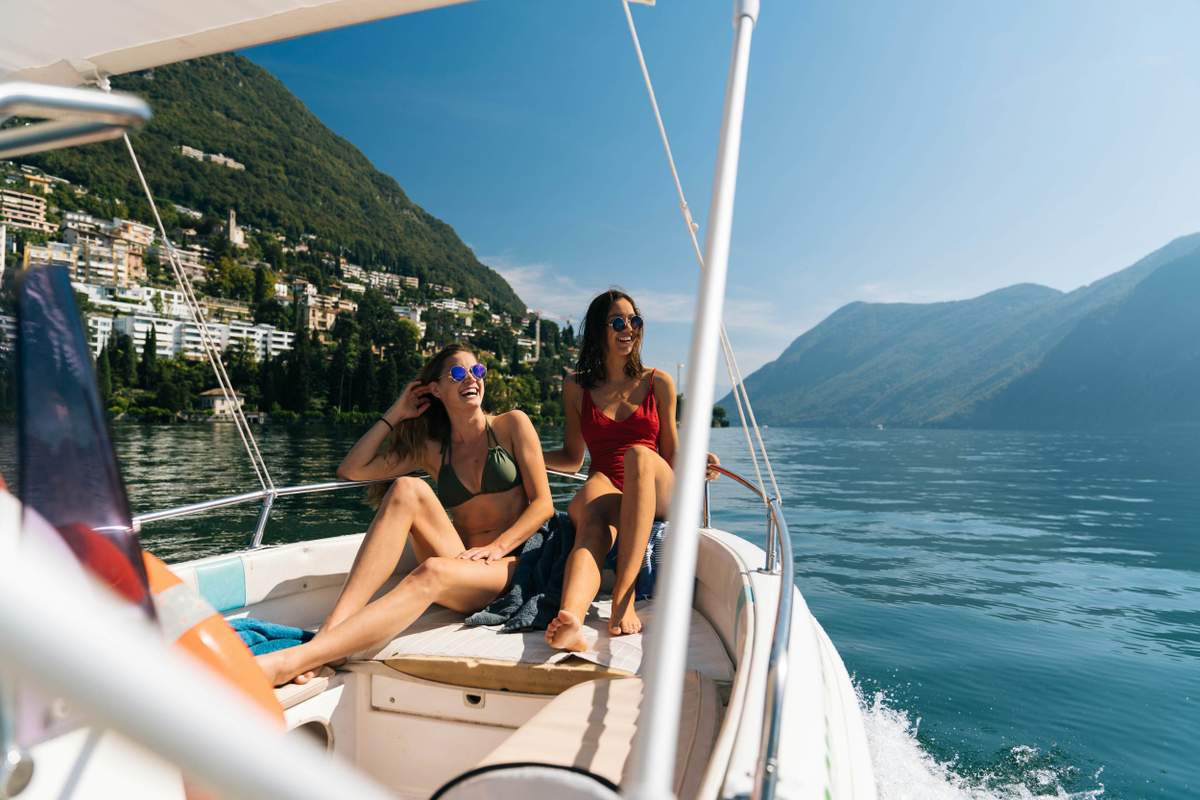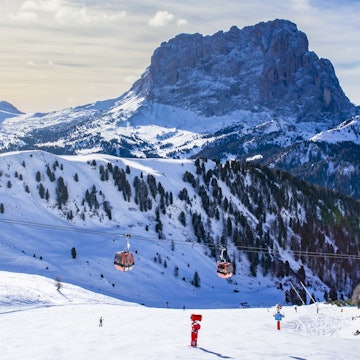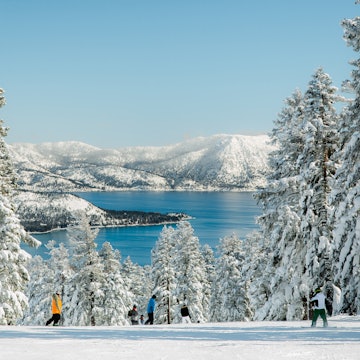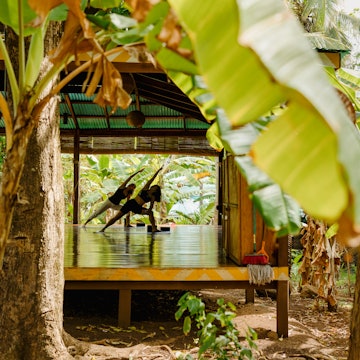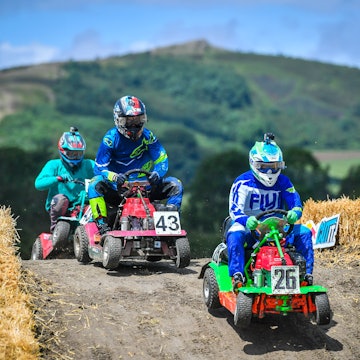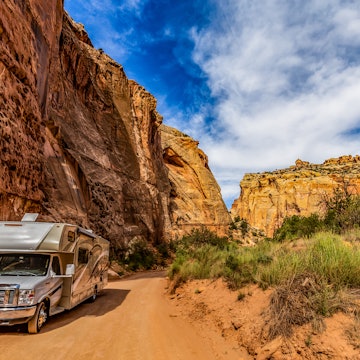

Old Town Basel, Switzerland. Getty Images/iStockphoto
With its sublimely beautiful lakes and mountains, famous trains and quirky culture, Switzerland packs plenty of tourism appeal. But this summer there’s another compelling reason for heading to this landlocked alpine nation: for the final games in the UEFA Women's EURO 2025 soccer tournament. Along with Switzerland’s squad, 15 other national teams have qualified: Belgium, Denmark, England, Finland, France, Germany, Iceland, Italy, Netherlands, Norway, Poland, Portugal, Spain, Sweden and Wales.
Spain, Women’s World Cup winners in 2023, are the favorites, but they have hot competition from England’s Lionesses. Whatever the outcome, the tournament promises to be well-attended and packed with the drama and excitement fans most love and expect from professional-level soccer. Read on for all the information you need to know now if you’re planning to travel to Switzerland to attend the Euros.

When are the Euros taking place?
Kick-off is on July 2, 2025 with matches in Basel (Switzerland vs Norway) and Thun (Iceland vs Finland). The tournament will then run until the semi-finals in Geneva (July 22) and Zürich (July 23), with a final match in Basel on July 27.
Where will the matches be played?
The eight host venues are: St Jakob-Park in Basel; Stadion Wankdorf in Bern; Stade de Genève in Geneva; Stadion Letzigrund in Zürich; Arena St.Gallen (also known as Kybunpark) in St.Gallen; Allmend Stadion Luzern in Lucerne; Stockhorn Arena in Thun; and Stade de Tourbillon in Sion.
How can I buy tickets?
Tickets, sold via the tournamentʻs official site, are very affordable starting at CHF25 (US$30.67) for group stage matches and rising to maximum of CHF90 (US$110) for the best seats at the final.
How do I get there?
If flying, the main gateways are Zürich, Geneva, Basel and Bern.
Travelling overland is environmentally-friendly and, thanks to Europe’s extensive train network, an appealing option. Zippy TGV-Lyria services from Paris can get you to Geneva or Basel in just over three hours and Zürich in four hours. Add on a two-hour Eurostar journey out of London and about another hour for transfers between Gare de Nord and Gare de Lyon in Paris.
Once in Switzerland, SBB the national rail service makes travelling around a breeze. Individual fares not booked in advance can be pricey, so cut costs by checking out the various Swiss Rail passes. The best news for Euro ticket holders is that on match days, they can access a free second-class round trip between any Swiss town and the match venue.
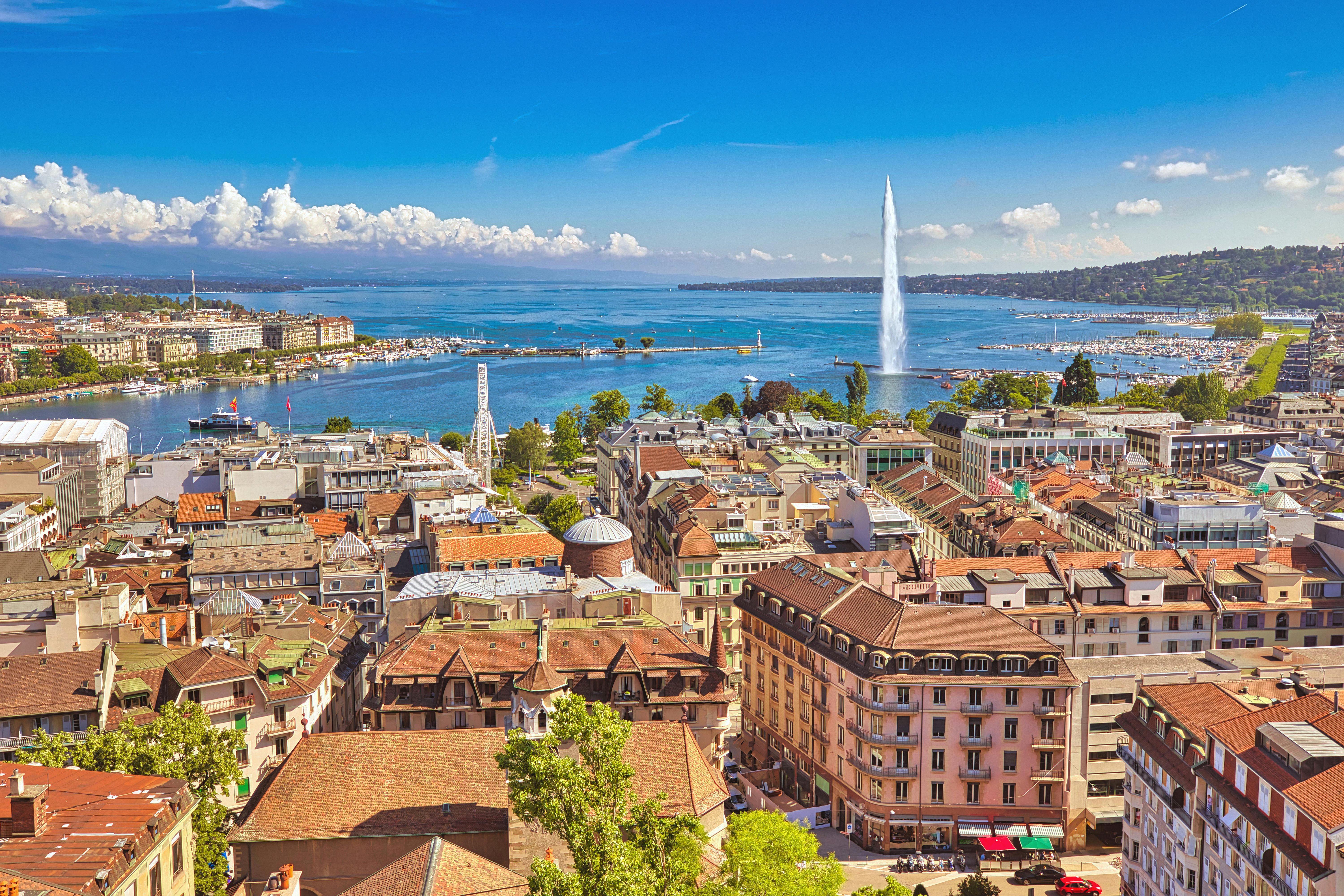
Will I need a visa?
Visas are generally not required for stays lasting up to 90 days. The passport of residents of non-EU/Schengen countries, such as the UK and USA, needs to have been issued within the last 10 years and be valid for at least three months after the intended date of departure from Switzerland. For full details on entry requirements see the website of the State Secretariat for Migration.
What about accommodations?
Accommodations’ costs and availability in the eight host cities will be at a premium, so consider staying somewhere nearby. Public transport can easily make places such as Winterthur and Aarau viable alternatives to staying in Zürich and Basel, while for Geneva you could base yourself across the border in France.
Which destinations should be on my shortlist?
Basel
Sitting astride the mighty River Rhine (in which you can go swimming), Basel offers a wealth of art galleries, museums and handsome architecture, both old and new. The Kunstmuseum Basel is home to Switzerland’s largest collection of public art, including works by Hans Holbein to Modigliani, while Museum Jean Tinguely offers intriguing and fun kinetic sculptures. In the handsome old town, the 13th century Münster (Cathedral) provides splendid views over the Rhine and rooftops. Easy day trips from Basel include the nation’s largest Roman ruins Augusta Raurica, and just over the border in Germany, the Vitra Design Museum in a dazzling building by architect Frank Gehry.
Bern
Despite its diminutive proportions, Switzerland’s capital is perfectly formed and ticks off many of the must-haves of a Swiss city, including a World Heritage-listed old town, excellent art museums and – in nearby Emmental – cheese. You’re sure to be tempted to jump into the strikingly turquoise Aare River for a swim – just remember it’s fed by glacial meltwaters from the Bernese Alps so can be bracingly cold. Named after the visionary Swiss-German artist, the Zentrum Paul Klee occupies a rippling wave-shaped building designed by Renzo Piano. Also ponder the theory of relativity as you follow in the footsteps of Albert Einstein who lived and worked in Bern as a patent clerk in the early 20th century, and head to the Rosengarten for sublime sunset views over the Aare.

Geneva
Sitting pretty at the far southwestern corner of Europe’s largest lake, Switzerland’s second largest city is glossy, cosmopolitan and well-manicured. For a taste of urban life, go picnic shopping at the Marché de Rive (held on Wednesday and Saturday mornings), promenade along the aptly named Quai du Mont Blanc which provides superlative views of the famous mountain, and watch the city’s famous horologists at work on watches in the Patek Philippe Museum. The 1930s Bain des Pâquis are a wonderfully retro place to swim and to relax with views across the lake and of the landmark fountain Jet d'Eau de Genève. Take a stroll around the hilltop Vielle Ville (old town), then rent a mountain bike to cycle along sections of the Passport to the Big Bang route which begins near the entrance to the particle physics lab CERN.
Lucerne
Take a cobalt-coloured lake ringed by breathtaking mountains and waterside promenades, add a well-preserved medieval Altstadt (Old Town) and a less-crowded but equally charming Neustadt (New Town). The result is Lucerne, the jewel of central Switzerland. Rachmaninoff and Wager lived here and July is a fabulous time to be in this most musical of cities as the Luzern Live festival dishes up a diverse programme of Swiss and international acts. The transport museum Verkehrshaus, the largest of its kind in the country, has interactive sections devoted to planes, trains and automobiles. Since it was carved into a cliff face in 1821, Löwendenkmal has drawn the masses – pay your respects to this poignant dying lion bas-relief sculpture then stroll over to Kapellbrücke, the covered wooden bridge that has been a Lucerne landmark since the 14th century.
Zürich
Fans of the beautiful game will have Switzerland’s largest and wealthiest city high on their visit list as Zürich is home to the FIFA World Football Museum. Highlights include the original World Cup Trophy and a giant "pinball" machine where you can put your footie skills to the test. Summertime is a delight in Zürich, not least for boat trips across the placid waters of Lake Zürich, opportunities to swim in the lake and rivers, or to go hiking atop Uetliberg. Spend time strolling around the city’s diverse neighborhoods, pick up some stylish and tasty souvenirs and when funds are running low consider these free options.

